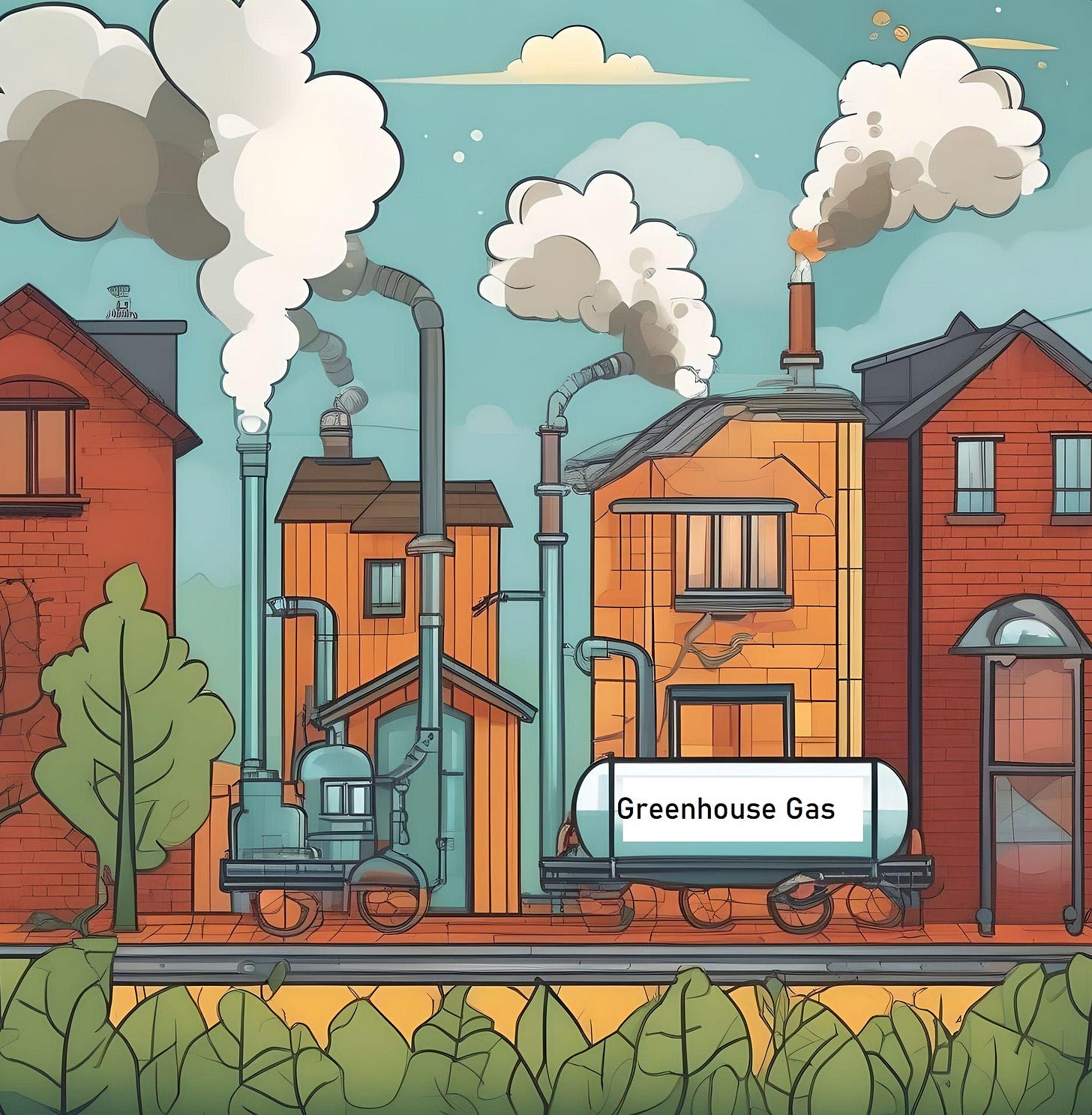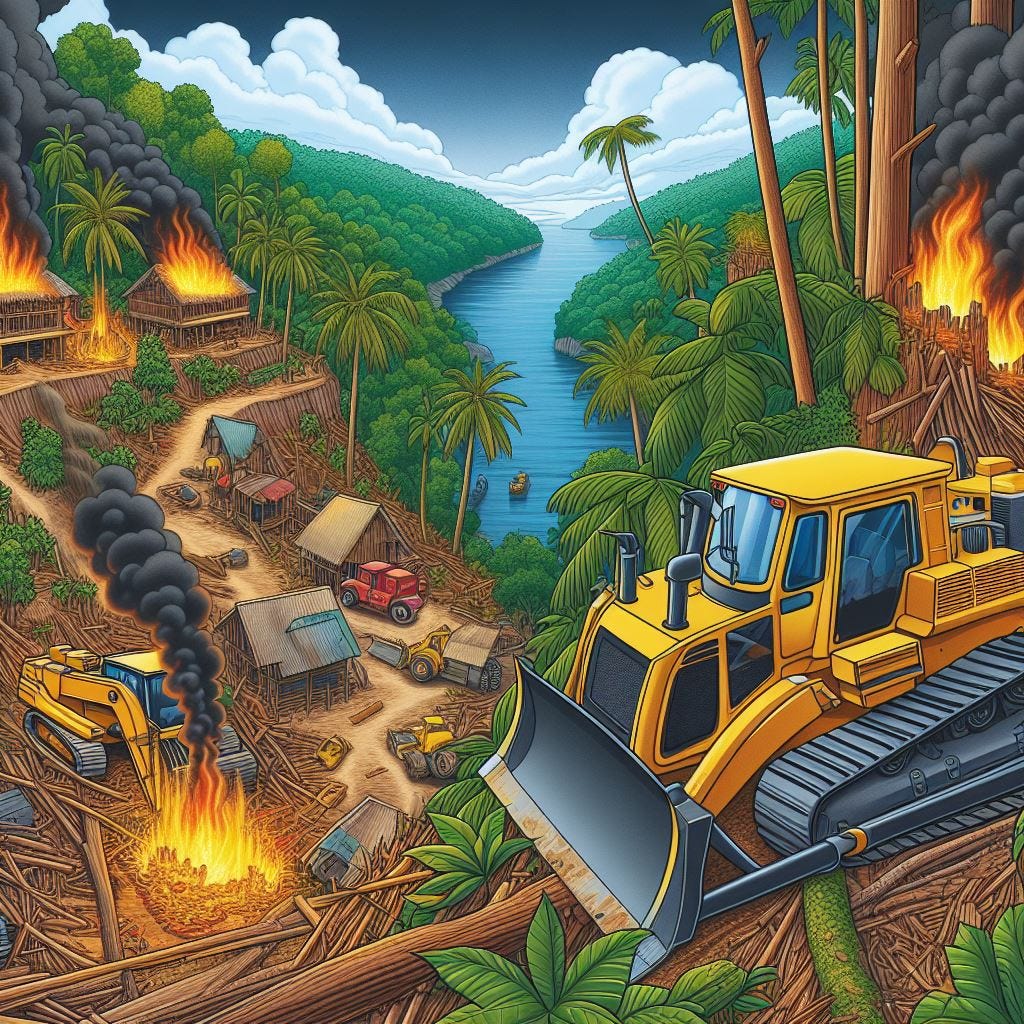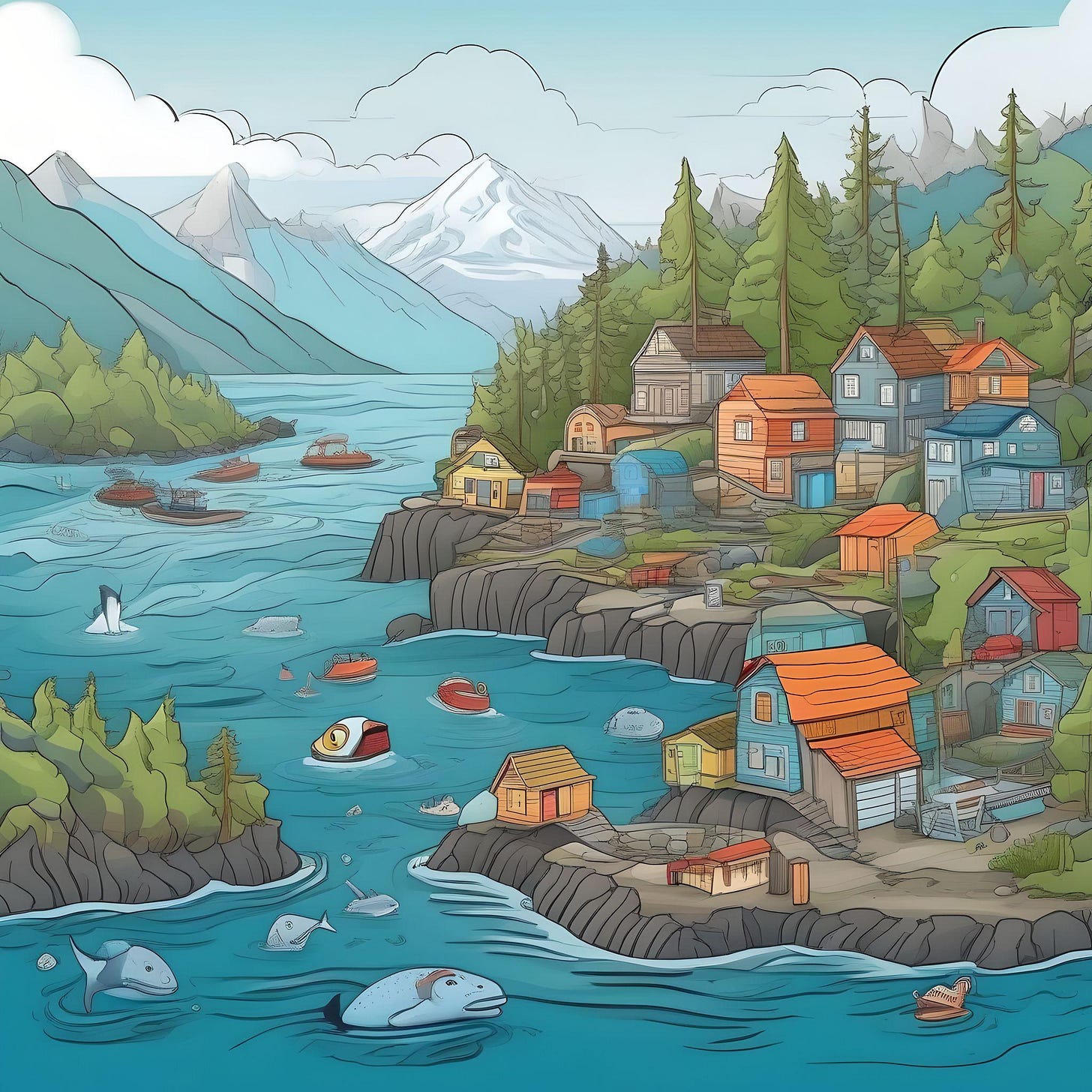While the Earth's climate has naturally fluctuated throughout history, the current rate and magnitude of change are unprecedented, primarily driven by human activities. Climate change has transitioned from a distant environmental concern to an immediate and escalating global crisis. While Earth's climate has experienced natural fluctuations over millennia, the current pace and scale of change are unparalleled, overwhelmingly driven by human activities. Grasping the primary causes and their cascading impacts is essential for effective mitigation and adaptation strategies to safeguard the planet’s future.
Primary Drivers of Climate Change:
Greenhouse Gas Emissions: The dominant force behind contemporary climate change is the accumulation of greenhouse gases (GHGs) such as carbon dioxide (CO2), methane (CH4), and nitrous oxide (N2O) in the atmosphere. These gases trap heat, creating a warming effect that disrupts global climate systems. According to the Intergovernmental Panel on Climate Change (IPCC), human activities since the Industrial Revolution—especially since the 1750s—have dramatically increased GHG concentrations. Fossil fuel combustion for energy and industry accounts for roughly 90% of these emissions, while land-use changes like deforestation contribute about 10%.
1Methane emissions, from both fossil sources and land-use changes, have significantly added to warming, with cumulative fossil methane emissions alone causing approximately 0.26°C of global temperature rise since 1851.2 The most significant contributor to climate change is the emission of greenhouse gases (GHGs) like carbon dioxide (CO2), methane (CH4), and nitrous oxide (N2O). These gases trap heat in the atmosphere, leading to a gradual warming effect. The Intergovernmental Panel on Climate Change (IPCC), the leading international body for assessing climate change, emphasises human activities as the dominant cause of increased GHG emissions since the 1750s. These activities include burning fossil fuels for energy, deforestation, industrial processes, and agricultural practices (IPCC, 2021).
Land-Use Change: Deforestation and land-use change significantly contribute to climate change. Forests serve as vital carbon sinks, absorbing vast amounts of CO2. However, widespread deforestation and land-use changes release this stored carbon back into the atmosphere, intensifying global warming. In 2024, global forest loss reached unprecedented levels, driven primarily by massive wildfires that accounted for nearly half of tropical primary forest destruction—twice the loss recorded in 2023. This surge released emissions exceeding four times those from all global air travel in 2023, severely impacting biodiversity and climate regulation. Land-use change contributes approximately 23% of global CO2 emissions, underscoring its critical role in the climate crisis. 3
There are other landscapes that make a contribution to capturing carbon and storing it such as areas of bog and marsh, including coastal salt marshes which have all been encroached on as demand for land has increased. 4
Secondary and Amplifying Factors:
Ocean Acidification: The world's oceans absorb about a quarter of human-generated CO2, but this leads to increased acidity, threatening marine ecosystems and disrupting the global carbon cycle. Recent research warns that ocean acidification is approaching critical thresholds, jeopardizing coral reefs, shellfish, and phytoplankton—the foundation of marine food webs. This acidification not only endangers biodiversity but also diminishes the oceans' capacity to sequester CO2, thereby exacerbating atmospheric warming. 5 Even with rapid emission reductions, some continued acidification is unavoidable due to past CO2 emissions, making urgent action imperative.
Thawing Permafrost: Permafrost soils,(permanently frozen ground) found across about a quarter of the Northern Hemisphere, store enormous amounts of organic carbon (methane and other GHGs). As global temperatures rise, permafrost thaws, releasing methane and CO2, potent greenhouse gases that further accelerate warming. While earlier views considered permafrost thaw a potential abrupt global tipping point, recent studies suggest the thawing process is more gradual but cumulative, involving numerous local and regional tipping points. These processes intensify with warming and could lead to near-total permafrost loss if global temperatures increase by 5 to 6°C. This ongoing thawing poses significant risks to climate stability and carbon cycle feedbacks, emphasising the need for close monitoring and rapid emissions reductions. 6
A 2020 study published in Nature Geoscience warns of potential tipping points if permafrost thawing continues unabated (Burke et al., 2020).
Impacts of Climate Change:
The consequences of climate change are already being felt worldwide, and the IPCC warns of even more severe impacts if left unchecked. These include:
Rising Sea Levels: Melting glaciers and the thermal expansion of seawater threaten coastal cities, islands, and ecosystems worldwide, increasing the risk of flooding and displacement.
Extreme Weather Events: The frequency and intensity of heatwaves, droughts, floods, and wildfires have surged, causing devastating impacts on human health, infrastructure, and natural habitats. In 2024 alone, climate change added an estimated 41 days of dangerous heat globally, contributing to health crises and ecosystem stress. 7
Agricultural Disruptions: Changing precipitation patterns and rising temperatures are undermining crop yields and food security, threatening the livelihoods of millions dependent on agriculture.
Marine Ecosystem Stress: Ocean warming and acidification are disrupting fisheries and biodiversity, with profound implications for food supply and economic stability in coastal communities.
Moving Forward:
Understanding the reasons behind climate change is crucial for taking action. Implementing solutions like transitioning to renewable energy sources, protecting forests, and adopting sustainable agricultural practices are essential to mitigate the effects of climate change and build a more resilient future. Recognising collective responsibility and embracing international cooperation is key to addressing this global challenge.
Moving Forward: Solutions and Collective Responsibility
Addressing climate change demands urgent, coordinated global action. Key strategies include:
Transitioning to Renewable Energy: Phasing out fossil fuels and scaling up clean energy technologies to drastically cut GHG emissions.
Protecting and Restoring Forests: Halting deforestation, managing wildfires, and promoting reforestation to maintain carbon sinks and biodiversity.
Sustainable Land and Agricultural Practices: Reducing emissions from agriculture and land-use, enhancing soil carbon storage, and improving resource efficiency.
International Cooperation: Climate change is a global challenge requiring unified policies, financial support for vulnerable nations, and adherence to international agreements like the Glasgow Leaders Declaration, despite current setbacks in meeting forest loss targets4.
Monitoring and Research: Enhancing climate models and observational systems to better understand feedback mechanisms such as permafrost thaw and ocean acidification, reducing uncertainty and informing adaptive strategies.
The climate crisis is a defining issue of our time, with no room for delay. The past decade has been the hottest on record, and projections indicate worsening conditions without decisive action. Recognising our collective responsibility and embracing science-based solutions is essential to steer the planet toward a sustainable and resilient future.
General References:
Intergovernmental Panel on Climate Change (IPCC). (2021). Climate Change 2021: The Physical Science Basis.
RELEASE: Global Forest Loss Shatters Records in 2024, Fueled by Massive Fires | World Resources Institute
Xu, L., & Guan, D. (2021). Land-use change and its environmental effects on a global scale. Nature Climate Change, 11(6), 405-412.
Cai, W., et al. (2019). Acidification of the world’s oceans from the mid-18th century to the present. Science Advances, 5(10), eaaw5960.
Burke, E. J., et al. (2020). Large and persistent carbon emissions are likely from permafrost thawing. Nature Geoscience, 13(12), 800-802.
Examination Questions
Section A: Short Answer Questions
Explain why climate change is considered an “immediate and escalating global crisis.”
Identify and briefly describe the main greenhouse gases responsible for climate change.
What percentage of greenhouse gas emissions are caused by fossil fuel combustion for energy and industry?
How do land-use changes, such as deforestation, contribute to climate change?
What role do forests play in the global carbon cycle?
Describe how ocean acidification affects marine ecosystems.
What is permafrost, and why is its thawing a concern for climate stability?
Name two consequences of rising sea levels due to climate change.
How does climate change impact global agricultural productivity?
List two strategies for mitigating climate change mentioned in the text.
Section B: Structured/Essay Questions
Discuss the primary drivers of climate change, giving examples of how human activities contribute to increased greenhouse gas emissions.
Analyse the impact of deforestation on climate change and biodiversity, referring to recent data and trends.
Explain how ocean acidification and permafrost thawing act as amplifying feedback mechanisms in the climate system.
Evaluate the consequences of climate change for coastal communities and marine ecosystems.
Assess the importance of international cooperation in addressing climate change, using examples from the text.
Section C: Data and Case Study Questions
Describe the effects of increased dangerous heat days in 2024, and explain why these are significant for human health and ecosystems.
Outline the key strategies for reducing greenhouse gas emissions, and explain why protecting and restoring forests is important.
Evaluate the statement: “The climate crisis is a defining issue of our time, with no room for delay.” Use evidence from the text to support your answer.







